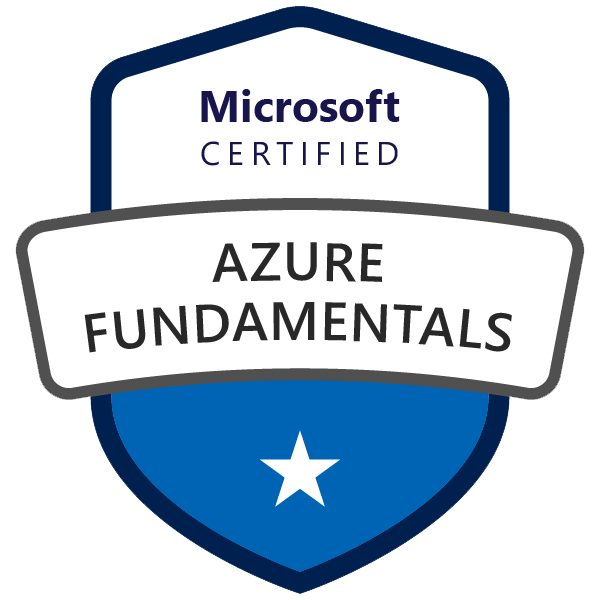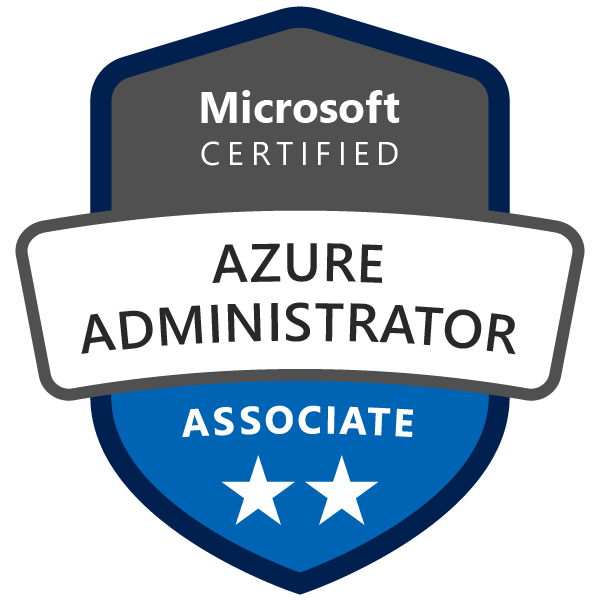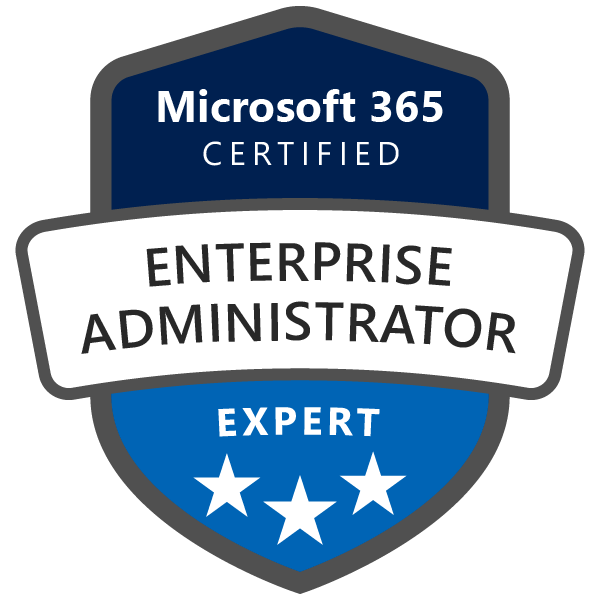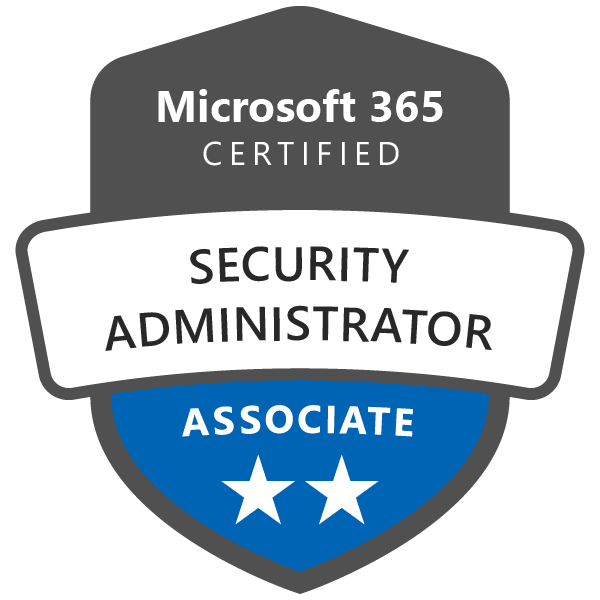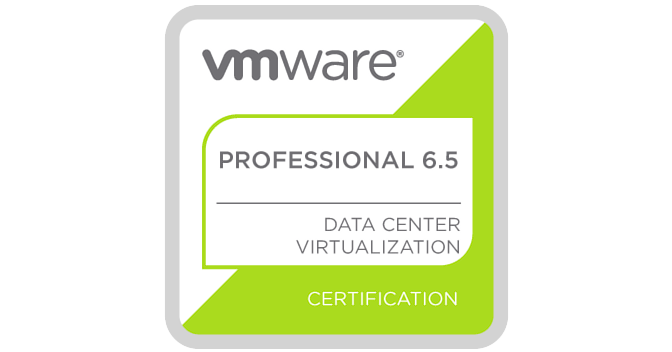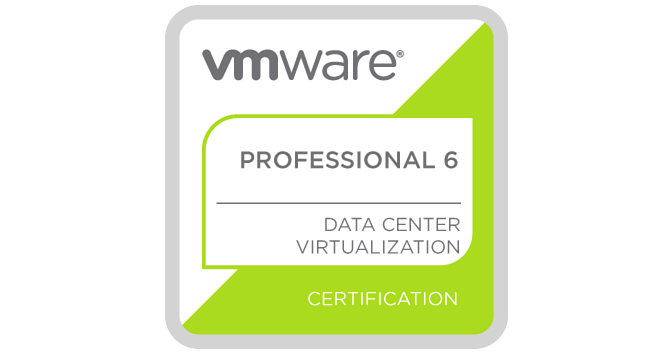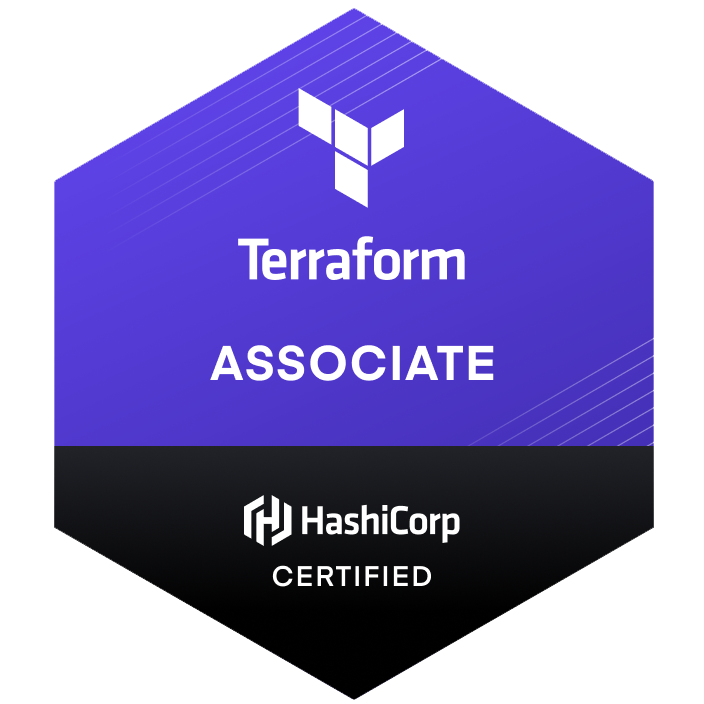Introduction
Microsoft Azure has become one of the most popular cloud platforms in recent years, providing a vast range of services and solutions for businesses of all sizes. To become proficient in Azure administration, many IT professionals pursue the AZ-104 certification exam, which measures their ability to manage Azure resources, monitor and optimize the platform's performance, and implement various security measures.
"The Ultimate AZ-104 Study Guide: Master Microsoft Azure Administration" is a comprehensive resource designed to help individuals prepare for the AZ-104 exam and excel in their Azure administration skills. This study guide covers all the essential topics, including virtual machines, storage, networking, security, and resource management, providing detailed explanations, practical examples, and hands-on exercises.
In this article, we will explore the benefits of "The Ultimate AZ-104 Study Guide: Master Microsoft Azure Administration" and discuss why it is an essential resource for anyone looking to advance their Azure administration skills and obtain the AZ-104 certification.
The high-level view of the skills measured in the exam:
- Manage Azure identities and governance (15-20%)
- Implement and manage storage (10-15%)
- Deploy and manage Azure compute resources (25-30%)
- Configure and manage virtual networking (30-35%)
- Monitor and back up Azure resources (10-15%)
Preparing for the AZ-104 exam
Preparing for the AZ-104 exam, Microsoft Azure Administrator, requires a thorough understanding of Azure services, tools, and concepts. Here's a comprehensive guide on how to prepare for the AZ-104 exam:
-
Review the exam objectives: Familiarize yourself with the exam objectives outlined by Microsoft. Visit the official AZ-104 exam page to understand the skills measured: https://docs.microsoft.com/en-us/learn/certifications/exams/az-104
-
Microsoft Learn: Microsoft provides a free learning path for AZ-104. Complete the learning modules and gain hands-on experience with Azure services:
-
Official Microsoft Documentation: Study the Azure documentation to dive deeper into specific topics and services: https://docs.microsoft.com/en-us/azure/
-
Books: Consider purchasing study guides or books, such as "Exam Ref AZ-104 Microsoft Azure Administrator Certification and Beyond: A pragmatic guide to achieving the Azure administration certification, 2nd Edition" by Riaan Lowe, Donovan Kelly, or "Exam Ref AZ-104 Microsoft Azure Administrator" by Harshul Patel, Michael Washam, Jonathan Tuliani.
-
Online courses: Enroll in an online course from platforms like Pluralsight, Udemy, or A Cloud Guru. These platforms offer comprehensive video lectures and practice exams for the AZ-104 exam.
-
Practice exams: Take practice exams to gauge your understanding and identify areas that need improvement. MeasureUp (https://www.measureup.com/) and Whizlabs (https://www.whizlabs.com/) are popular platforms for practice exams.
-
Hands-on practice: Create a free Azure account and gain hands-on experience by working with Azure services, following tutorials, and completing labs. Microsoft provides free Azure services and a $200 credit for the first 30 days: https://azure.microsoft.com/en-us/free/
-
Microsoft Learn: Microsoft provides a free learning path for AZ-104. Complete the learning modules and gain hands-on experience with Azure services:
- AZ-104 Prerequisites for Azure administrators
- AZ-104 Manage identities and governance in Azure
- AZ-104 Implement and manage storage in Azure
- AZ-104 Deploy and manage Azure compute resources
- AZ-104: Configure and manage virtual networking
- AZ-104 Monitor and back up Azure resources
Microsoft Docs AZ-104 Study Guide Materials
Here are the pertinent Microsoft Docs which can be utilized to study and prepare for the AZ-104 exam.
Manage Azure identities and governance (15-20%)
Manage Azure AD objects
What is Azure Active Directory?
Manage role-based access control (RBAC)
What is role-based access control (RBAC) for Azure resources?
Manage subscriptions and governance
Overview of Management services in Azure
Implement and manage storage (10-15%)
Manage storage accounts
Manage data in Azure Storage
- What is Azure CLI
- Get started with Azure CLI
- Install the Azure CLI (Thomas Maurer)
Configure Azure files and Azure blob storage
Deploy and manage Azure compute resources (25-30%)
Configure VMs for high availability and scalability
Automate deployment and configuration of VMs
Create and configure VMs
Create and configure containers
Create and configure Web Apps
Configure and manage virtual networking (30-35%)
Implement and manage virtual networking
- Virtual network peering overview
- Azure Virtual Network frequently asked questions (FAQ) VNet Peering
- Tutorial: Connect virtual networks with virtual network peering using the Azure portal
- Create a virtual network peering – different deployment models, same subscription
- Create, change, or delete a virtual network peering
- What is Azure Virtual Network?
- Quickstart: Create a virtual network using the Azure portal
- Virtual network traffic routing
- Networking limits
- Create, change, or delete a public IP address
- Add, change, or remove IP addresses for an Azure network interface
- Associate a public IP address to a virtual machine
- Subnet extension
- Virtual network traffic routing
- Add network interfaces to or remove network interfaces from virtual machines
Configure name resolution
- configure Azure DNS
- configure custom DNS settings
- configure a private or public DNS zone
Secure access to virtual networks
- create security rules
- associate an NSG to a subnet or network interface
- evaluate effective security rules
- deploy and configure Azure Firewall
- deploy and configure Azure Bastion Service
Configure load balancing
- configure Application Gateway
- configure an internal load balancer
- configure load balancing rules
- configure a public load balancer
- troubleshoot load balancing
Monitor and troubleshoot virtual networking
Integrate an on-premises network with an Azure virtual network
Monitor and back up Azure resources (10-15%)
Monitor resources by using Azure Monitor
Implement backup and recovery
Prior skills, knowledge, and experience
- It is recommended that candidates have at least six months of hands-on experience administering Azure, including implementing and managing storage, compute, networking, and security.
- Candidates should have a strong understanding of core Azure services, workloads, security, and governance.
- Experience using PowerShell, Azure CLI, Azure Portal, and ARM templates is beneficial.
- Note prior skills, knowledge or experience with Terraform not required, but could be nbeneficial.
Time spent on preparation
- The time needed to prepare for the AZ-104 exam varies depending on the candidate's prior knowledge and experience with Azure.
- On average, candidates typically spend between 1 to 3 months preparing for the exam. This includes studying, taking online courses, and gaining hands-on experience with Azure services.
- It's essential to allocate sufficient time for each topic and take practice exams to assess your readiness for the actual exam.
Remember, everyone learns at a different pace. Focus on understanding the concepts and gaining practical experience to increase your chances of passing the AZ-104 exam.
Conclusion
"The Ultimate AZ-104 Study Guide: Master Microsoft Azure Administration" is an invaluable resource for IT professionals looking to enhance their Azure administration skills and obtain the AZ-104 certification. This study guide covers all the essential topics in a comprehensive and accessible manner, providing readers with the knowledge and practical skills they need to succeed in their Azure administration careers.
With "The Ultimate AZ-104 Study Guide: Master Microsoft Azure Administration," readers can gain a deeper understanding of virtual machines, storage, networking, security, and resource management, and learn how to apply these concepts to real-world scenarios. Additionally, this study guide includes hands-on exercises, sample questions, and exam tips, making it an excellent tool for preparing for the AZ-104 certification exam.
Overall, "The Ultimate AZ-104 Study Guide: Master Microsoft Azure Administration" is a must-have resource for anyone seeking to become an Azure administration expert and advance their career in the cloud computing industry.




